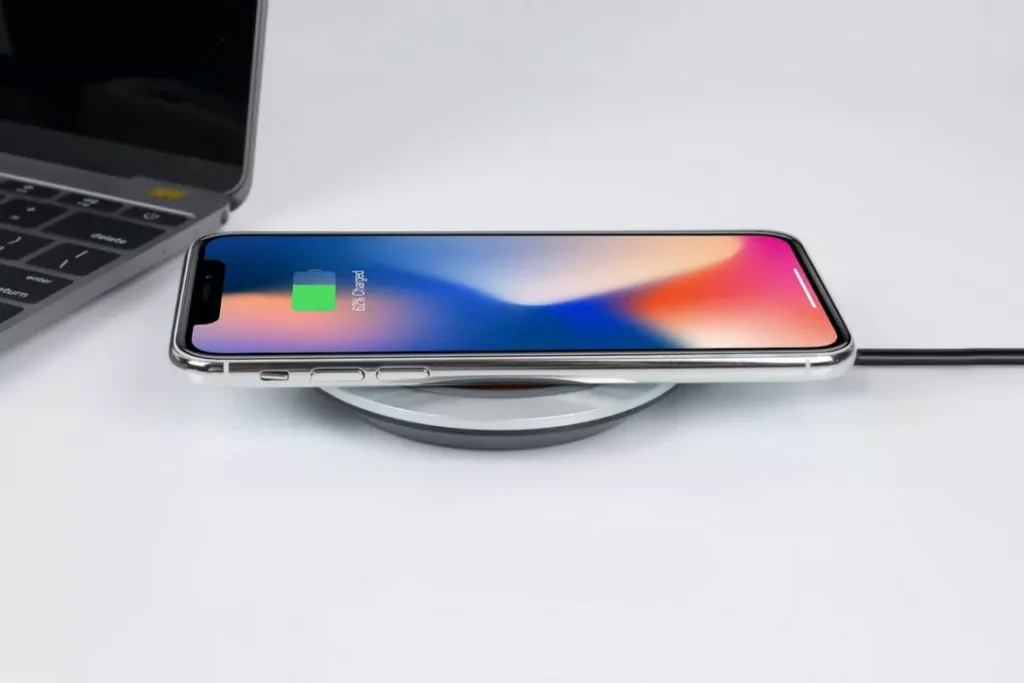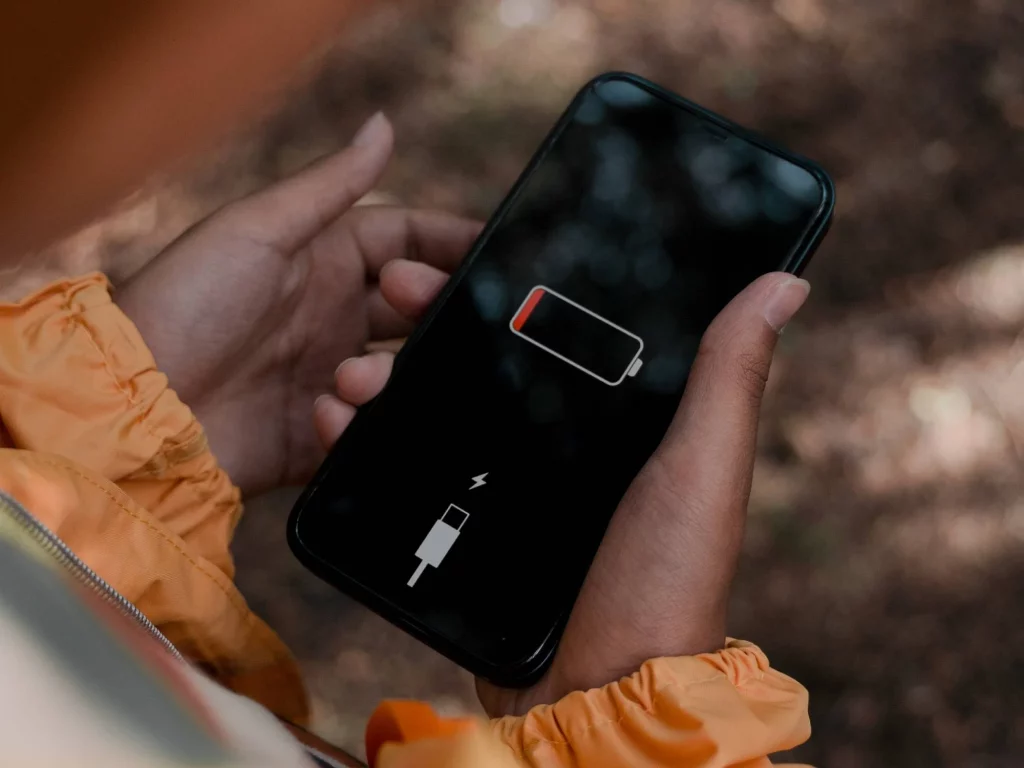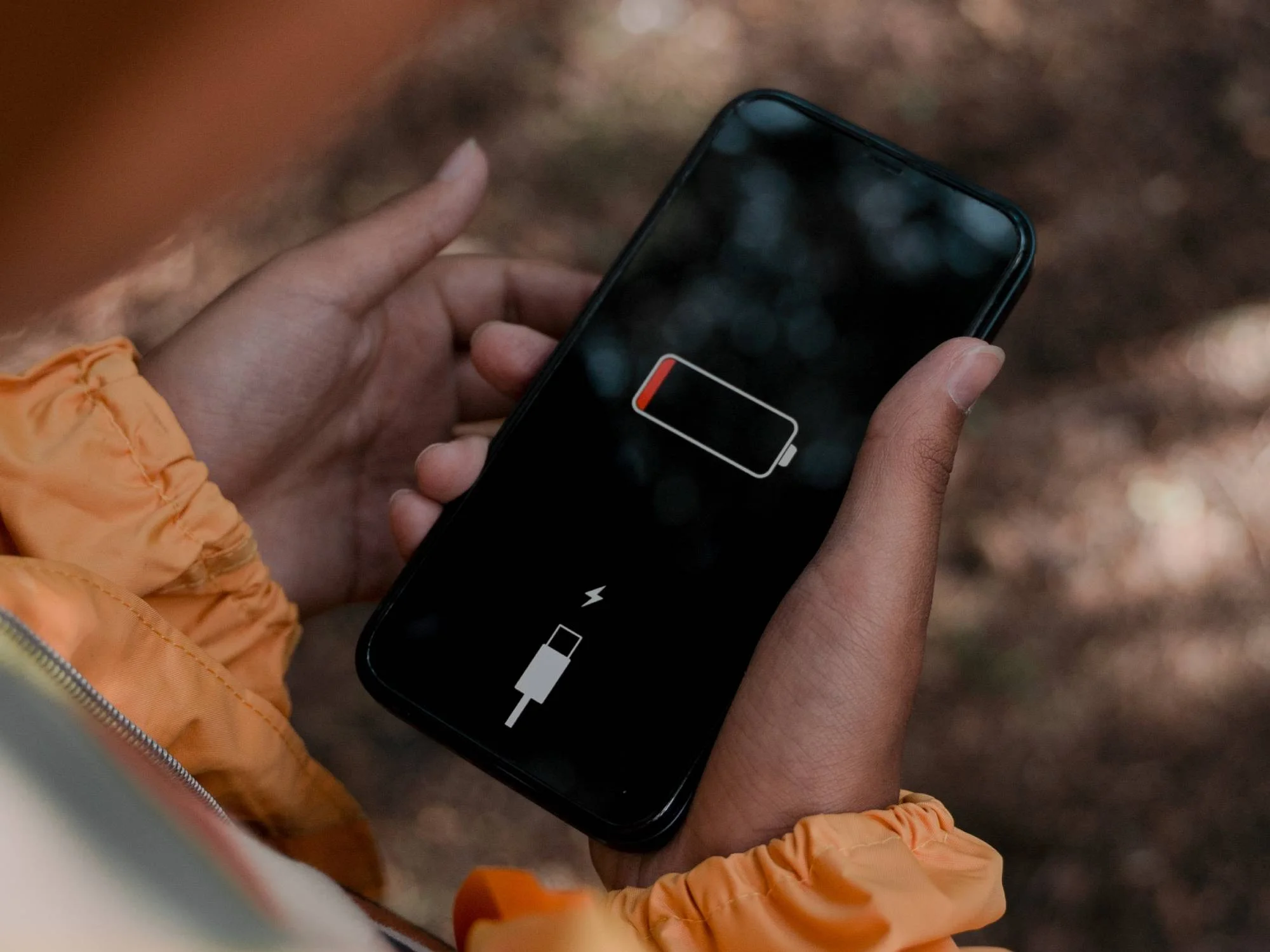Are you curious to know how to transfer battery life between iPhones? Alas, even the recent iPhone 14 does not possess the capability to share its battery power with other devices. But if you have a thirst to understand how iPhones use wireless charging and how battery-sharing might be possible in the future, continue reading.
Understanding iPhone’s Wireless Charging Mechanism
An iPhone version 8 or later is necessary for wireless charging. It’s a feature designed to make charging seamless and fast. This global charging standard, known as Qi, was created by the Wireless Power Consortium.
Qi-certified chargers, compatible with iPhones, are widely available, often found in vehicles, coffee shops, airports, and hotels, or as attachable devices. Most of these chargers can supply about 7.5 watts of power to iPhones operating on the most current iOS version, and they can be purchased from both physical and online Apple Stores.
Here are the steps to wirelessly charge your iPhone:
1. Connect the charger to a power source using the included power adapter or the one provided by the manufacturer.
2. Position the charger on a flat surface, as suggested by the manufacturer.
3. Lay the iPhone on the charger with the screen facing upward, aligning it at the charger’s center or as recommended by the manufacturer for optimal charging.
4. The iPhone will start charging shortly after being placed on the wireless charger.
Is Battery Sharing on a Smartphone Possible?

A feature often referred to as wireless reverse charging or power-sharing lets certain smartphones share their battery power. Currently, Samsung is at the forefront of this technology, enabling some of its phones and devices like the Galaxy Watch and Galaxy Buds to share battery power.
This feature, however, is not currently available on iPhones and is only present on Qi-certified devices like the Huawei P30 Pro and various Samsung flagship devices, including the Galaxy S20 series, Z Flip, Note10, and Fold. Until Apple decides to incorporate this feature into its phones, the notion of battery-sharing remains unattainable for iPhones.
Battery sharing, despite being available on only select Samsung phones, enables battery transfer between compatible devices.
Sharing iPhone’s Battery Status Through a Special App

As it stands, iPhones do not support power-sharing, despite having the necessary hardware. However, you can still share the status of an iPhone’s battery with others. This can prove particularly useful for those who wish to share their battery status with friends or family.
This function can be beneficial in situations when you’re waiting for a friend to reply, not knowing their battery has died. Parents can also utilize this feature to ensure their children’s phones aren’t low on battery, offering peace of mind.
The Battery Life app enables this by sharing battery status among connected devices. Each user must download the app to their phone. The application alerts users to low power status and charging, and it also highlights when the device is in low power mode. Its interface is straightforward to use.
The Battery Life app also supports VoIP calling and includes privacy controls that allow users to block battery status visibility. However, the app costs $1.49, meaning each user will need to pay to use it. Also, note that the app may not function correctly when “Do Not Disturb” mode is active.
Can iPhone, iPad, and Other iOS Devices Share Power?
While iPhones technically possess the hardware necessary for reverse wireless charging, Apple doesn’t allow its use, citing it doesn’t live up to their quality standards. As a result, power-sharing is not currently possible on iOS 14 or 15. We might see this technology included in future versions, but Apple’s current stance is due to the inefficiencies this feature presents, often leading to battery drain in both the iPhone and the device being charged.
Instructions on How to Share iPhone’s Battery Power
Though iPhones have the required technology for reverse wireless charging, Apple has not enabled this feature due to it not meeting their stringent quality standards. As such, the ability to share battery power between iPhones does not exist at this time. However, as technology progresses, it is anticipated that Apple might introduce this feature in the future.
When Apple finally introduces battery-sharing, here’s how it could possibly work:
1. From the home screen, open Settings.
2. Scroll down within the main settings page and select Battery.
3. Look for the Power Share option and activate it.
Commonly Asked Questions
Can Battery Power Be Shared Between iPhone 11-14?
Although the required technology for reverse wireless charging exists in iPhones, Apple does not enable it, claiming it falls short of their standards. Therefore, power-sharing between iPhones is not currently possible. However, this feature might be implemented in the future.
Is It Possible to Transfer Battery Life to Another Phone?
One can potentially charge another phone using a special dual-sided charging cable, but this technology is not yet perfected, with significant power loss occurring during reverse wireless charging. It’s more efficient to use a power bank, as this will ensure your phone gets charged to full capacity at its optimal speed.
Can Phones Share Battery Wirelessly?
Many Qi-compatible devices do allow for wireless power sharing. A phone equipped with the reverse wireless charging feature can potentially charge another smartphone, smartwatch, or wireless earbuds. The phones need to be back-to-back to start the wireless charging process.
Can You Share Battery Via AirDrop?
Despite what the name might suggest, wireless charging actually requires physical contact between the phone and the charger. iPhones don’t support Reverse Wireless PowerShare. AirDrop, however, enables completely wireless communication and file transfers between iPhone models, meaning it’s not possible to AirDrop battery power.
Conclusion
Regrettably, as of now, iPhones do not support battery sharing. We’ve provided potential steps on how to use the feature should it become available, but it remains unclear when or even if iPhone will allow battery sharing in the future.
